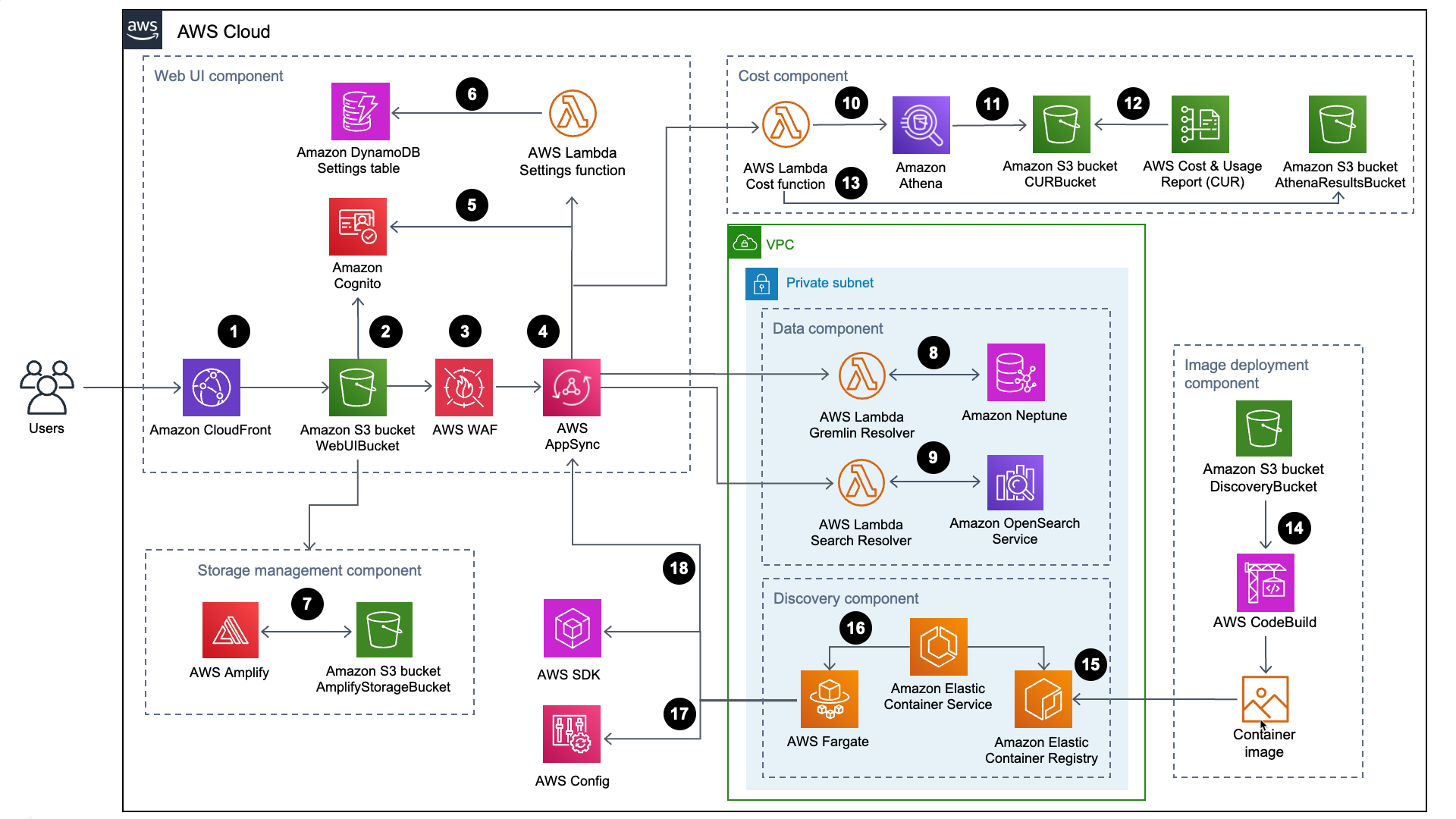Introduction to Kafka
Apache Kafka is an open-source distributed even streaming platform that handles large-scale data streaming in real-time. Initially developed at LinkedIn, it has now evolved into a robust system used by various organizations for high-throughput data pipelines, real-time analytics, and more. Kafka is renowned for its scalability, reliability, and ability to handle vast amounts of data in motion.

Key Components of Kafka
Producer
- The producer is the entity that sends data (messages) to Kafka topics. In Kafka, data is divided into topics, each serving as a logical channel for stream data.
Consumer
- Consumers read data from Kafka topics. They can subscribe to specific topics, and Kafka ensures that each message is delivered in the correct order.
Brokers
- Kafka runs as a cluster of servers, each of which is called a broker. Brokers are responsible for maintaining the published data and serve client requests.
Topics and Partitions
- Topics are categories to which records (messages) are published. Each topic can be split into partitions to improve parallelism, where each partition is an ordered sequence of messages.
Zookeeper
- Kafka uses ZooKeeper for coordination between brokers. Zookeeper maintains metadata, manages configurations, and elects leaders for partitions.
How Kafka Works
Kafka’s even-driven architecture makes it ideal for building real-time data pipelines and streaming applications. Here’s a simplified flow:
- Data is produced: A producer publishes messages to Kafka topics.
- Messages are persisted: Kafka stores the messages across brokers in a fault-tolerant manner.
- Messages are consumed: Consumers subscribe to topics and process the data. Kafka ensures each consumer group receives the data in order and avoids message duplication.
Kafka Use Cases
- Messaging: Kafka can act as a traditional message broker between services.
- Log Aggregation: Kafka collects logs from multiple services and stores them for analysis.
- Metrics Collection: Systems generate metrics that can be processed and monitored in real-time using Kafka.
- Real-Time Streaming: Many use Kafka to stream data in real-time for use cases like fraud detection or recommendation systems.
- Event Sourcing: Kafka can be used to store events that represent changes in an application state.
Advantages of Kafka
- Hight Throughput: Kafka handles hundreds of thousands of messages per second with low latency.
- Fault-Tolerant: Data replication across partitions ensures that Kafka remains resilient even during broken failures.
- Scalability: Kafka’s architecture allows it to scale horizontally by adding more brokers and partitions.
- Durability: Kafka stores messages for a configurable time, providing persistence and allowing consumers to read data at their pace.
Kafka Architecture in Detail
Kafka’s architecture consists of the following key concepts:
- Producers and Consumers: These are the core components of Kafka. Producers push data to Kafka, and consumers pull the data.
- Partitioning: Kafka partitions data to distribute load and ensure parallel processing. Each partition is an append-only log, with a unique offset for each message.
- Leader-Follower Model: For each partition, one broker serves as the leader while others act as followers, ensuring high availability through replication.
- Offset Management: Consumers keep track of the last processed message using offsets, which ensures messages are not re-processed.
Kafka Streams and Connect
Kafka has powerful extensions like:
- Kafka Streams: A library that allows developers to build real-time streaming applications that process data from Kafka topics.
- Kafka Connect: A framework for connecting Kafka to external data sources like databases and storage systems.
Conclusion
Kafka’s flexibility, scalability, and robustness make it an ideal choice for real-time data streaming and processing in modern applications. It handles event-driven architectures, integrates seamlessly with microservices, and provices fault-tolerant, scalable solutions for various industries.
